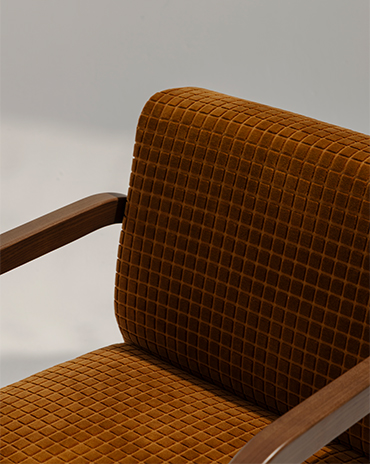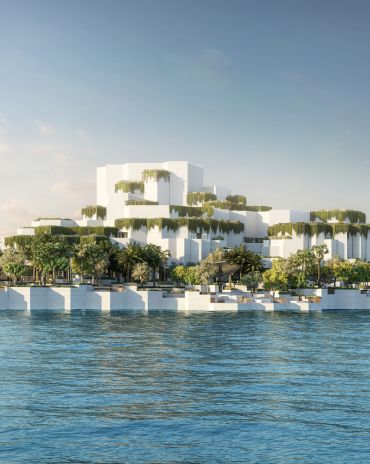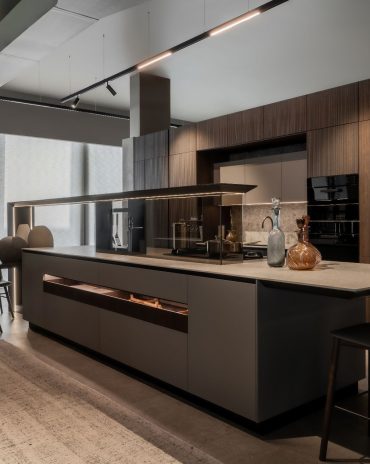Copyright © 2025 Motivate Media Group. All rights reserved.
Diane Thorsen is setting the standard
The visionary Principal, Design Director at Perkins+Will’s Dubai studio shares her creative process.
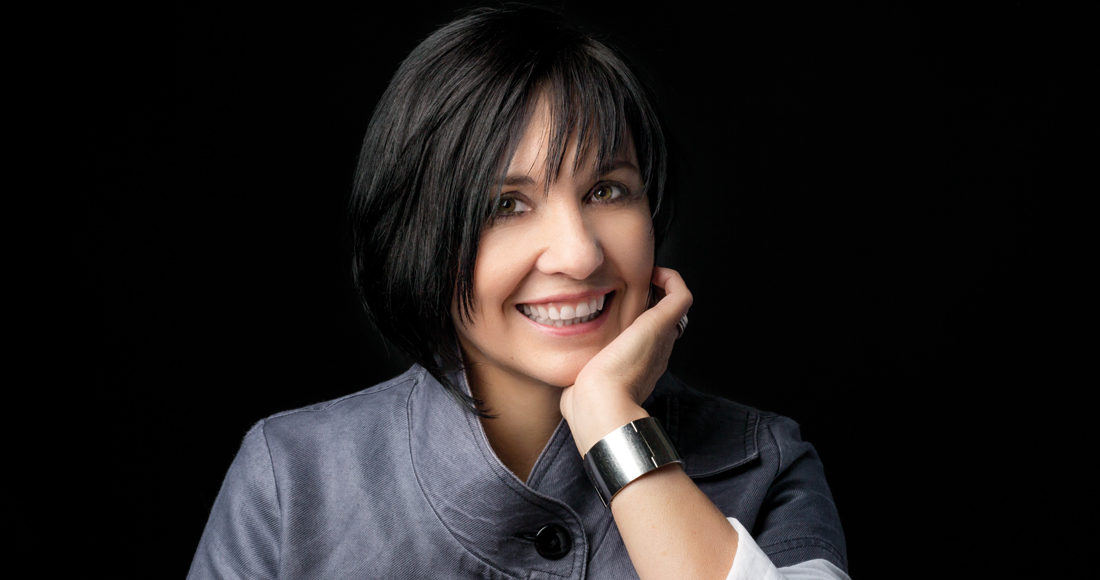
“Good design is making something intelligible and memorable. Great design is making something memorable and meaningful,” said design legend Dieter Rams. In our region, the design scene is expanding at light speed – and for two decades one of Dubai’s most beloved and talented commandeers, Diane Thorsen, has been at the helm, creating impactful and poignant designs. Known for her sincere commitment to the field and its practitioners, her vision has become an integral part of the city’s geography and ethos.
A graduate of the Faculty of Art, Design and Architecture, University of Johannesburg, South Africa, the award-winning designer has created designs for international workplaces, hospitality projects and mixed-use developments – all while maintaining a commitment to research and mentoring as well as to highlighting the past, present and future of Dubai as both a global force and a deeply historic site. Projects and clients in the region include Adidas in d3, Boulevard Heights, Citibank, Diplomatic Quarter Hotel, Katara Phase IV, LinkedIn and Mövenpick Resort Al Marjan Island. Generous as always, Thorsen took the time to answer questions about her influences and process, and her thoughts about the state of the industry.
What influenced your design philosophy?
I am from South Africa and grew up surrounded by extraordinary natural beauty. I believe this has given me an innate appreciation for textures, patterns and colours that are simply nature’s mathematical miracles. I regard the design of spaces and buildings we create and occupy as an international creative language that touches every aspect of our lives. Design affects people emotionally. I’ve always loved the process of design as [follows] this philosophy: research, inspiration and [the] collation of ideas, textures, shapes and forms evolve and take shape as a result of a continuous dialogue between our clients and within our team. My philosophy has always been [about] collaborative idea-sharing, as an approach [that] creates the best results.
What projects have most defined you as an architect?
Every project becomes my favourite in a way, but I most enjoy projects with challenging briefs and informed clients who share and appreciate the passion and value that architects bring. Hospitality projects are the most exciting, as developers have an appreciation for touch points that relate to how people feel. In fact, every project type is now merging, and ideas are cross-pollinating.
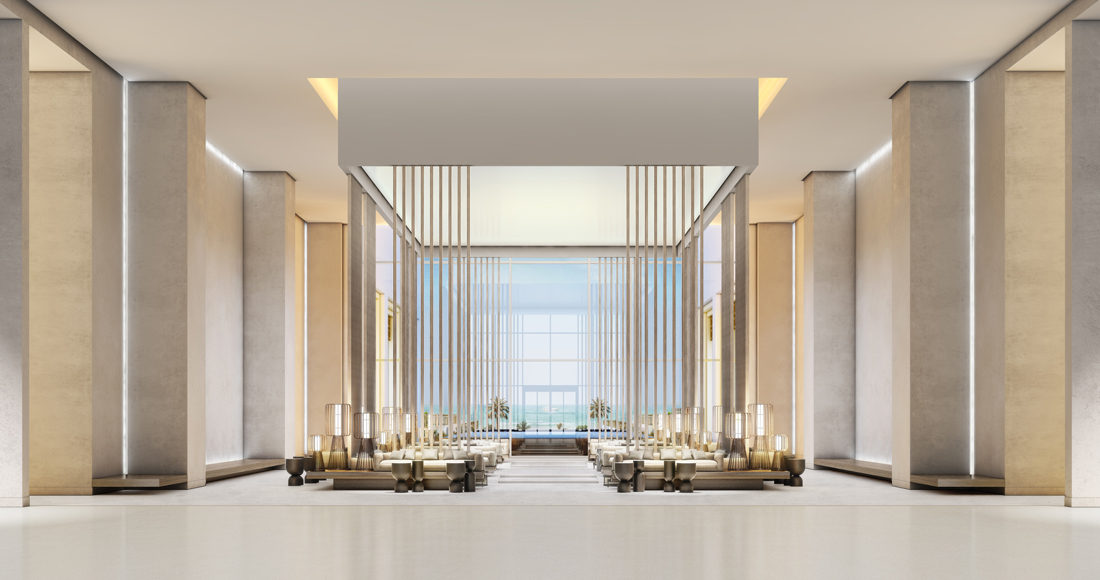
What designers have influenced you?
Issey Miyake’s philosophy – ‘Designs that reflect and address the way people live today’ – resonates with me. Miyake has a passion to innovate and explore. He is constantly reinventing himself and searching for new ways to combine aesthetics with innovative techniques. Everything he designs has a highly intellectual starting point – and then, through collaboration, a product emerges that is inspiring and fresh. I admire his approach for collaborating with mathematicians, musicians and other famous architects and designers. His products are created using fabrics made using recycled fibres that are developed by Japanese companies and produced with the cooperation of factories in textile-producing regions.
What factors have allowed the design scene in Dubai to grow so rapidly?
Dubai attracts a certain type of personality that I refer to as ‘the explorers’. The region is known for pushing boundaries and challenging perceptions, and this attracts designers who are willing to take up any challenge a client may present.
What have been your biggest challenges at Perkins+Will?
The speed of delivering projects and the constant push to drive fees to become more competitive are challenges that all professionals face in this region. We pride ourselves on delivering quality without compromising service, but this of course requires collaboration and time. As a team, we have honed our skills and communication where we work in total sync with one another, delivering great ideas seemingly effortlessly.
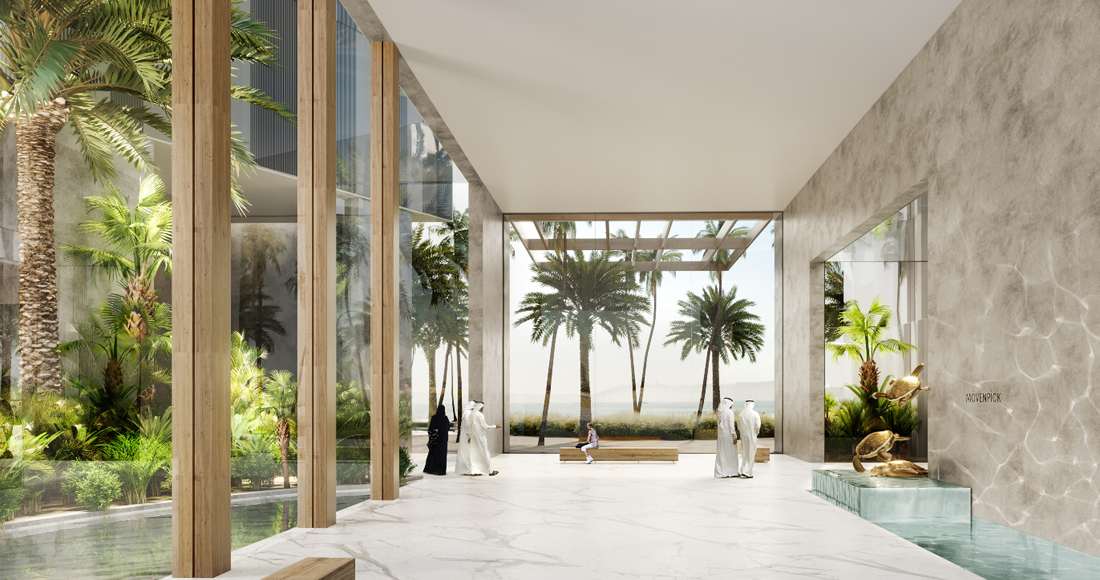
Do you think ‘design’ speaks an international language?
Great design is an international language as it addresses function, shape, form, colour and texture – as well as the universal language of emotional reactions. These are an unspoken but common thread in any culture. However, I do believe design should inform and provide people with a sense of place, and emotionally immerse people in the history and character of the location.
Does anything give you pause about the current state of design?
I am concerned we will lose the essence of great quality design in the rush to build faster, higher and quicker, and all at lower costs.
How do you define luxury in the 21st century?
The traditional approach to luxury, which defines opulence as lavish design and rich finishes, is thankfully past. The focus is now less about ‘what I have’ and much more about ‘who I am’ and ‘what can I contribute’. Design now addresses responses that are ethical, creative, connected, tasteful and sustainable. People now seek out rare and shareable experiences that focus on wellness, service and authentic experiences in beautifully but simply designed spaces.
What does innovation mean in the 21st century for Dubai? For the world?
Most innovation occurs when searching for a solution to an issue we created in the past. Pressure on managing our natural resources and waste are driving the most exciting innovations, such as regenerative buildings, the adaptive reuse of existing buildings, 3D printing and the recycling of materials in creative ways. I would love to see all plastics removed and replaced with new materials which are kinder to our planet. Recognised as one of the most forward-thinking countries, Dubai is positioned to lead sustainable and zero net carbon building design.
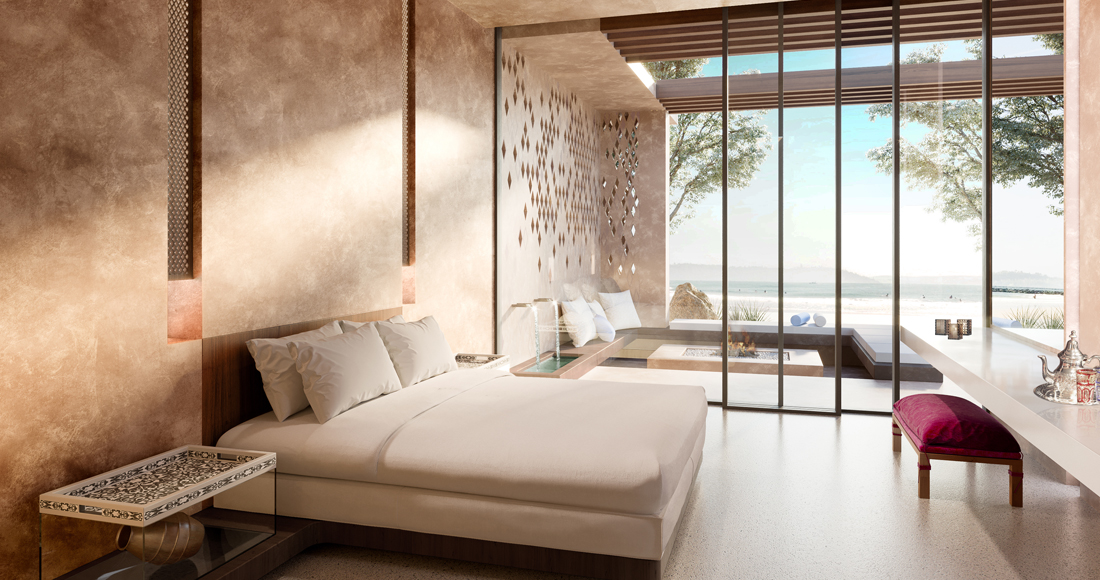
Should ‘design thinking’ speak to social and economic justice?
Design thinking at any level is a human-centred approach. This creative way of thinking breaks all barriers linked with gender, race or creed, and brings together what’s desirable from a human point of view with what’s technologically feasible and economically viable. It allows people to use creativity that knows no restrictions to address socially created challenges.
You’re originally from South Africa and I can’t help but think of its upcoming water crisis. How do you think architects and designers can help respond to this situation and others like it that might emerge as environmental and political concerns – and realities – continue to emerge?
If all designs addressed resiliency and sustainability at the outset, and clients were informed of the long-term benefits, we wouldn’t be in the situation we are in, where countries are devastated by water shortages or natural disasters. We have so much to learn from nature, as natural systems have evolved to achieve resilience. As architects and designers, we take this lens and use natural systems and patterns to rethink our built environment.
What is the best advice you’ve been given?
The best words of wisdom in my career were “Talent alone won’t guarantee success – passion and attitude count for more.”
Do you think failure is an important part of a learning process?
Wonderful innovations have arisen from failed attempts to create something new. Often our best ideas arise from seemingly crazy ideas and ‘out of the box’ thinking.
What advice would you give to young architects?
Some key drivers to success that are motivating for designers and clients: passion for design and constantly learning and exploring; enthusiasm for everything; project positivity; and being kind and generous to everyone. My key tag line, borrowed from Nike, is ‘Just do it’.
The Latest
A New Standard in Coastal Luxury
La Perla redefines seaside living with hand-crafted interiors and timeless architecture
Things to Covet
Here are some stunning, locally designed products that have caught our eye
An Urban Wadi
Designed by Dutch architects Mecanoo, this new museum’s design echoes natural rock formations
Studio 971 Relaunches Its Sheikh Zayed Showroom
The showroom reopens as a refined, contemporary destination celebrating Italian craftsmanship, innovation, and timeless design.
Making Space
This book reclaims the narrative of women in interior design
How Eywa’s design execution is both challenging and exceptional
Mihir Sanganee, Chief Strategy Officer and Co-Founder at Designsmith shares the journey behind shaping the interior fitout of this regenerative design project
Design Take: MEI by 4SPACE
Where heritage meets modern design.
The Choreographer of Letters
Taking place at the Bassam Freiha Art Foundation until 25 January 2026, this landmark exhibition features Nja Mahdaoui, one of the most influential figures in Arab modern art
A Home Away from Home
This home, designed by Blush International at the Atlantis The Royal Residences, perfectly balances practicality and beauty
Design Take: China Tang Dubai
Heritage aesthetics redefined through scale, texture, and vision.
Dubai Design Week: A Retrospective
The identity team were actively involved in Dubai Design Week and Downtown Design, capturing collaborations and taking part in key dialogues with the industry. Here’s an overview.
Highlights of Cairo Design Week 2025
Art, architecture, and culture shaped up this year's Cairo Design Week.






